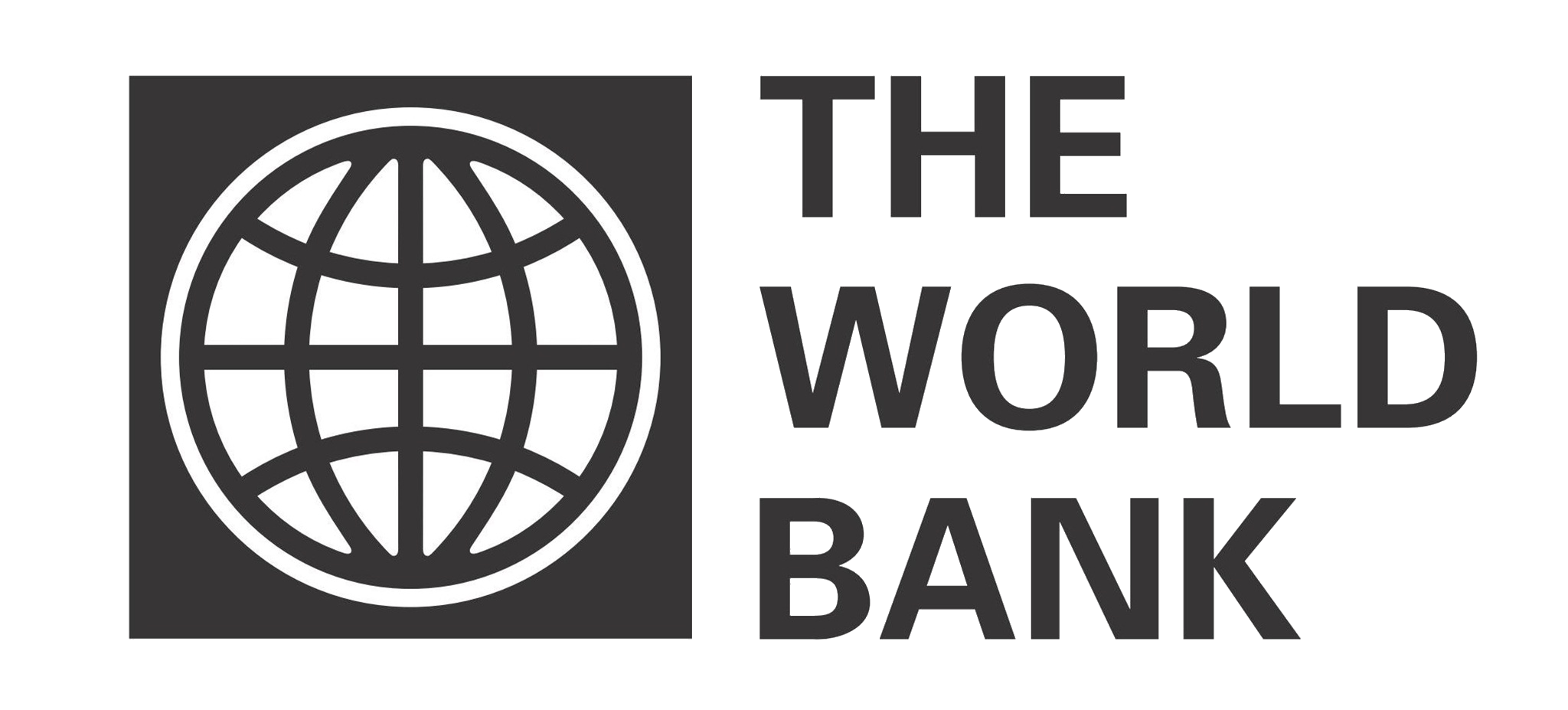WASHINGTON, US – This year may well see a rare occurrence for world commodity markets – a decline in all nine key commodity price indices, says the World Bank’s latest Commodity Markets Outlook, released on January 22, 2015.
While oil prices have seen the most dramatic decline, the third largest since World War II, other commodities have also been gradually weakening in recent months. And this broad-based weakness is expected to continue throughout 2015, before beginning a modest turn around in 2016.
In oil markets, a “perfect storm” of conditions has led to a plunge in prices since mid-2014: growth in unconventional oil production, decline in demand, appreciation of the U.S. dollar, receding geopolitical risks, and a major redirection toward maintaining market share rather than targeting prices by the world’s oil cartel, Organization of the Petroleum Exporting Countries (OPEC).
Oil prices have dropped 55 percent in seven months, from the most recent high of $108 per barrel in mid-June 2014 to $47 two days ago. Should the current slide continue, it could surpass the previous records of a 7-month decline of 67 percent, set in 1985/86, and a 75 percent drop in 2008.
In addition, the World Bank’s three industrial commodity price indices – energy, metals and minerals, and agricultural raw materials – experienced near identical declines between early 2011 and the end of 2014, of more than 35 percent each, and will continue to contract this year.
Prices of precious metals are also expected to decline by 3 percent in 2015, on top of the 12 percent decline seen in 2014. Again, ample supplies, weak demand, and a strengthening U.S. dollar have weighed on prices of these commodities as well.
Food commodity prices, which have declined by 20 percent since 2011, are projected to drop by a further 4 percent in 2015, given that current good crop prospects for grains, edible oils and meals, and beverages (led by coffee) in the 2014/15 season.
“Global supply and demand conditions have conspired to generate lower price expectations for all nine of the World Bank’s commodity price indices – an extremely rare occurrence,” said Ayhan Kose, Director of the World Bank’s Development Prospects Group.
The proximate causes of the steep drop in oil prices, however, have two key similarities with one previous episode.
“Both the current oil price collapse and the one experienced in 1985/86 followed an increase in oil production from unconventional sources and OPEC’s abandonment of price targeting,” said John Baffes, Senior Economist in the World Bank’s Development Prospects Group.
The current forecast sees oil prices averaging $53 per barrel in 2015, 45 percent lower than in 2014. The weakness in oil prices is likely to impact trends in other commodity prices, in particular those of natural gas, fertilizers, and food commodities.
Metal prices are forecast to drop by more than 5 percent in 2015, while more moderate declines are foreseen for fertilizers and precious metals.
A pullback of nearly 3 percent in precious metal prices will result mainly from waning interest by institutional investors. The moderation in natural gas prices is expected to lead to a 2 percent decrease in fertilizer prices.
By 2016, a recovery in the prices of some commodities is likely to be underway, although the increases will be small compared to the depths already reached.

















